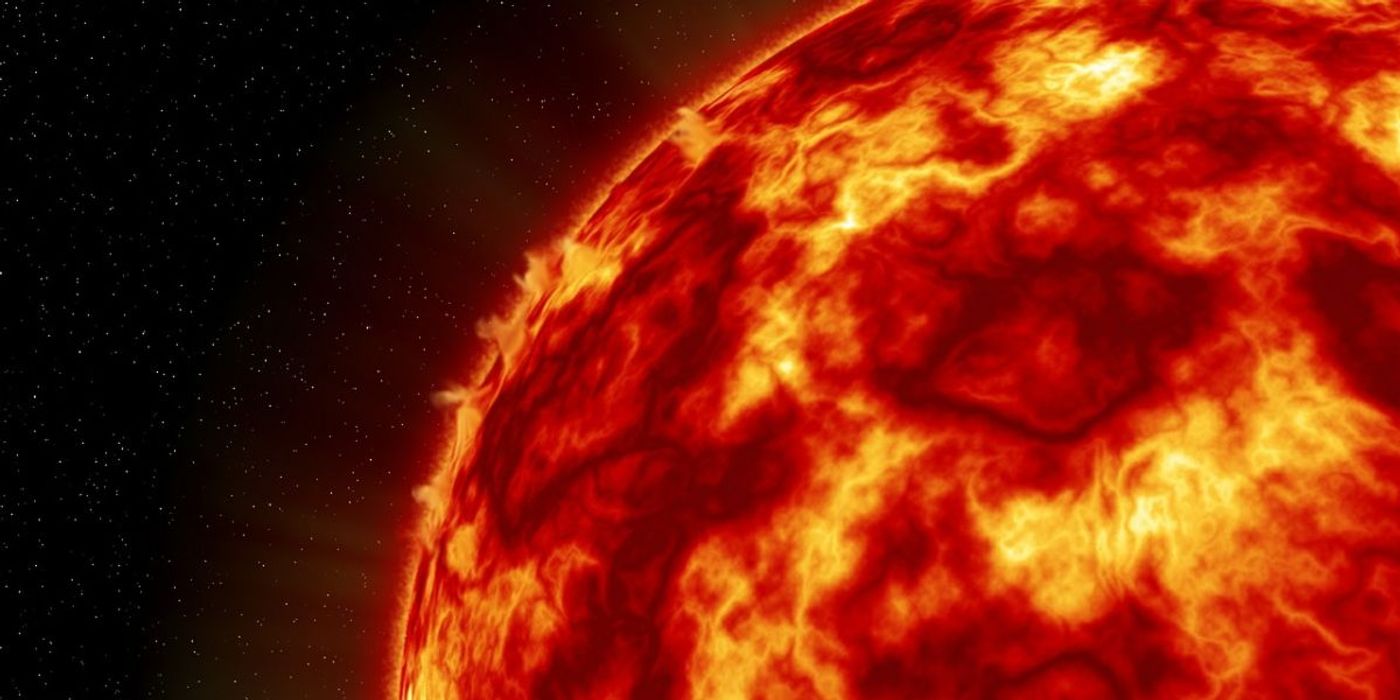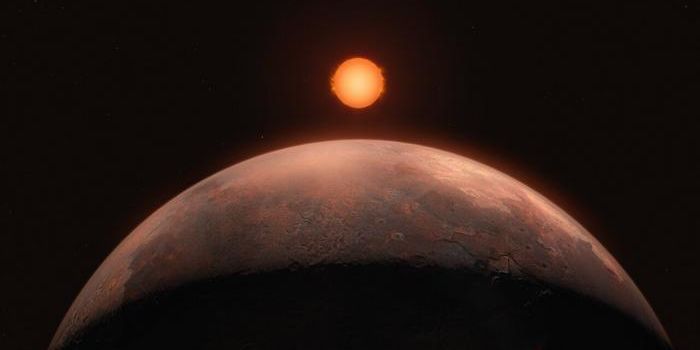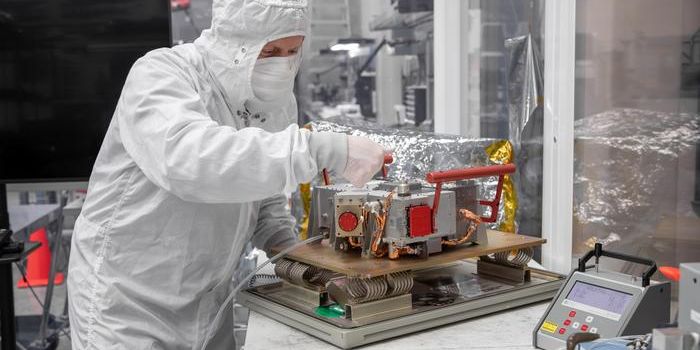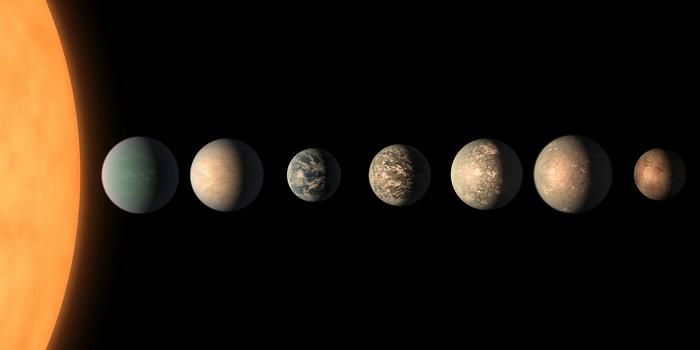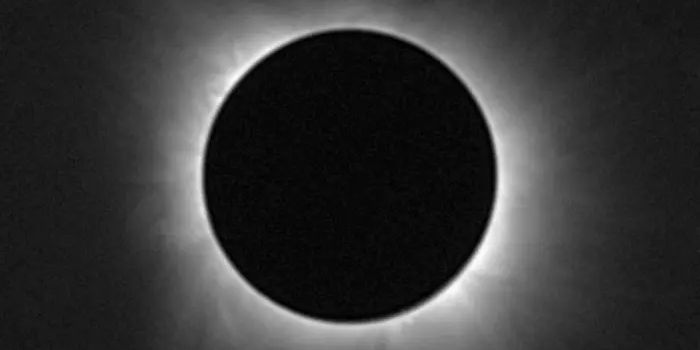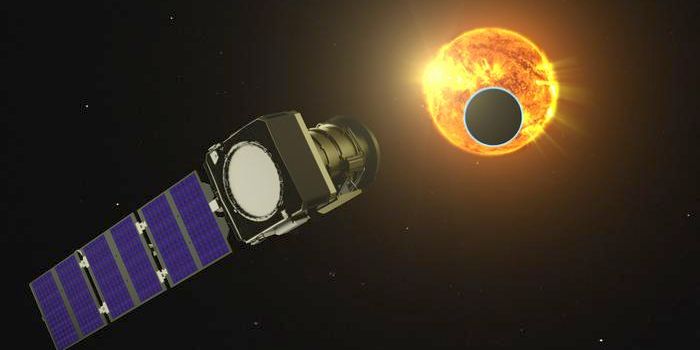Scientists Discover New Kind Planet- an Ultrahot Neptune
Scientists have identified a new kind of planet- an ‘ultrahot Neptune’, or a giant exoplanet that orbits its star 23 times closer than Mercury orbits our sun.
Current estimates say that around 1 in 200 sunlike stars have planets that take less than one Earth day to make a full orbit. Known as ‘ultra-short-period planets’, they are usually either rocky planets less than half the size of Earth or gas giants at over ten times the Earth’s diameter. Until now, scientists had not found any planets with this orbital distance from the sun at an intermediate size.
But now, in a new study, they have found an exoplanet that matches these missing dimensions- lying somewhere between the size of the Earth and Jupiter, at roughly the dimensions of Neptune. Due to its proximity to its star, however, it is far hotter than any Neptune-size planet previously found.
To find the planet, astronomers used NASA’s Transiting Exoplanet Survey Satellite (TESS) to observe LTT 9779, a star similar to our sun 260 light-years away. Further observations with other telescopes then confirmed the existence of an orbiting exoplanet, now called LTT 9779 b, that has around 4.7 times the Earth’s diameter and 29 times the Earth’s mass.
Circling its star every 19 hours, it reaches temperatures of around 3,100 degrees Fahrenheit, or 1,700 degrees Celcius. This is hot enough to break down molecules to their constituent elements and ionize metals in its atmosphere.
Curiously, however, the scientists found that LTT 9779 b still has a thick atmosphere, consisting of around 10% of its mass. This is unusual given that planets under similar circumstances tend to lose their atmosphere due to high-energy radiation from the sun.
One explanation for this is that the planet may have once been much larger, like Jupiter, before migrating closer to the star. There, the star’s gravity may have then blasted off most of its atmosphere, something which would have, due to its resulting loss in mass, pushed it slightly further away with a Neptune-like mass.
As for next steps, the scientists now want to analyze the light passing through the exoplanet’s atmosphere to identify the elements present, as well as its temperature and whether it has any clouds.
Sources: Space.com, Nature Astronomy
